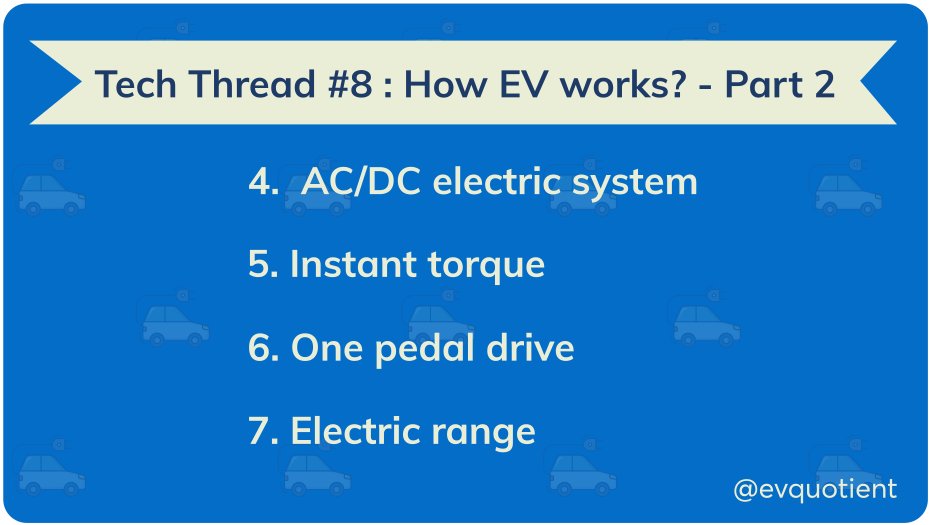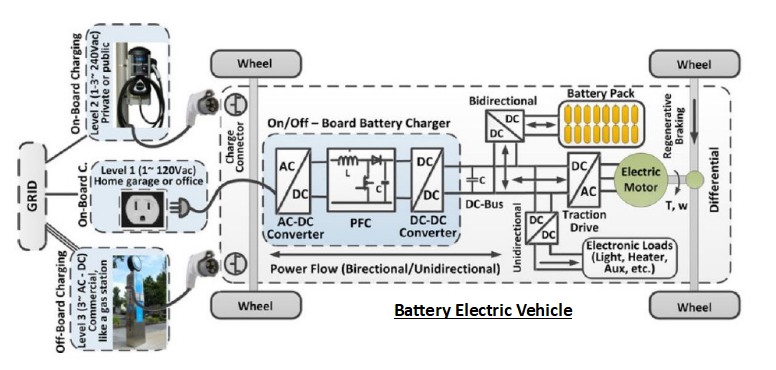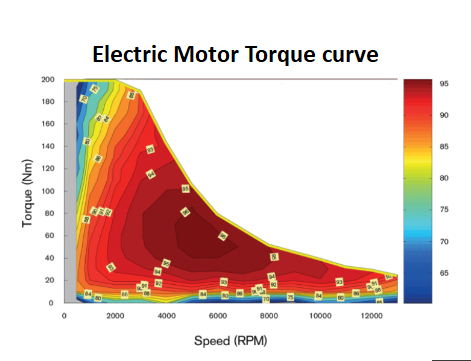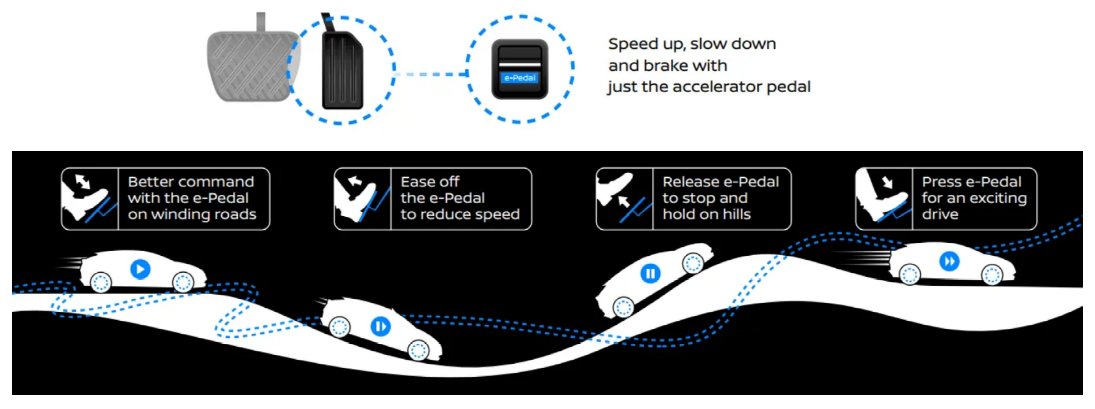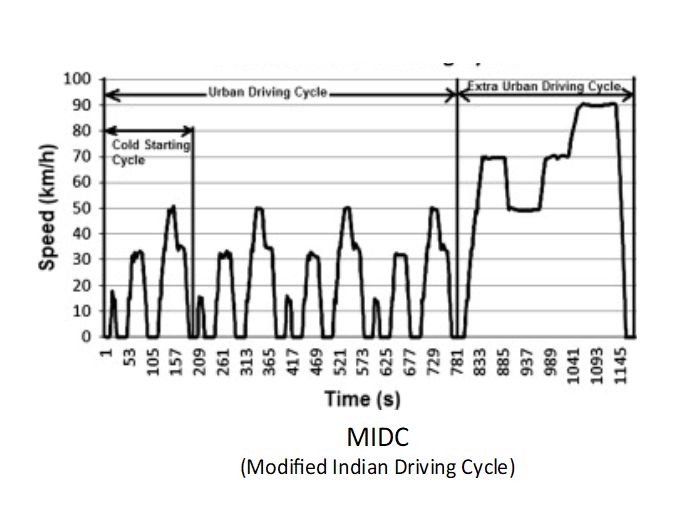/1
4. AC/DC electric system
This is rather a complicated and technical topic, here we will only introduce the basics, details to be followed in future threads.
4. AC/DC electric system
This is rather a complicated and technical topic, here we will only introduce the basics, details to be followed in future threads.
/2
As electricity from the national grid comes in the form of AC, while EV battery can only store DC electrical power.
As electricity from the national grid comes in the form of AC, while EV battery can only store DC electrical power.
/3
But most of the modern electric motor requires AC electric power, hence AC to DC, DC to AC, and in some cases, even DC to DC power conversions are going on inside EV.
But most of the modern electric motor requires AC electric power, hence AC to DC, DC to AC, and in some cases, even DC to DC power conversions are going on inside EV.
/4
5. Instant torque
The typical engine torque curve has its max torque around medium speed, as speed goes down, torque goes down. And at zero speed, torque capability is zero.
5. Instant torque
The typical engine torque curve has its max torque around medium speed, as speed goes down, torque goes down. And at zero speed, torque capability is zero.
/5
As a result, a clutch is needed to gradually engage the engine while a vehicle is stationary.
An electric motor, on the other hand, can provide rated torque at zero speed.
As a result, a clutch is needed to gradually engage the engine while a vehicle is stationary.
An electric motor, on the other hand, can provide rated torque at zero speed.
/6
Therefore, a clutch may not be required, and hence acceleration response will be much faster in EV compared to petrol or diesel vehicle.
Therefore, a clutch may not be required, and hence acceleration response will be much faster in EV compared to petrol or diesel vehicle.
/7
6. One pedal drive
Since the motor can also be used to apply brake in EVs, it is possible to avoid using the brake pedal during the normal driving condition, provided the acceleration pedal response is defined properly i.e. pedal map.
6. One pedal drive
Since the motor can also be used to apply brake in EVs, it is possible to avoid using the brake pedal during the normal driving condition, provided the acceleration pedal response is defined properly i.e. pedal map.
/9
7. Electric range
As electrical energy used during EV drive is really dependent on the driving style, it is very difficult to compare electric range among different EVs with different battery capacity.
7. Electric range
As electrical energy used during EV drive is really dependent on the driving style, it is very difficult to compare electric range among different EVs with different battery capacity.
/10
Various drive cycles will give a different range of values. Driving cycles mean driving pattern which defines acceleration, deceleration points, and max speed values for certification purpose.
Various drive cycles will give a different range of values. Driving cycles mean driving pattern which defines acceleration, deceleration points, and max speed values for certification purpose.
/11
A Tesla Model 3 with 50kWh battery has 267miles NEDC range or 237miles WLTP range.
Nissan Leaf with 40kWh battery has 235miles NEDC range or 177miles WLTP range
A Tesla Model 3 with 50kWh battery has 267miles NEDC range or 237miles WLTP range.
Nissan Leaf with 40kWh battery has 235miles NEDC range or 177miles WLTP range
/12
Europe earlier followed NEDC, now follows the WLTP cycle. Whereas India follows the MIDC cycle, which is a Modified Indian driving cycle for certifying the range of EVs sold in India
Europe earlier followed NEDC, now follows the WLTP cycle. Whereas India follows the MIDC cycle, which is a Modified Indian driving cycle for certifying the range of EVs sold in India
Hope you found this useful, will be back next week with another interesting thread. Until then please like and share it with your friends. Also, don't forget to provide your feedback by replying to this tweet.
Here is the start of the thread https://twitter.com/EvQuotient/status/1350046349853552640

 Read on Twitter
Read on Twitter